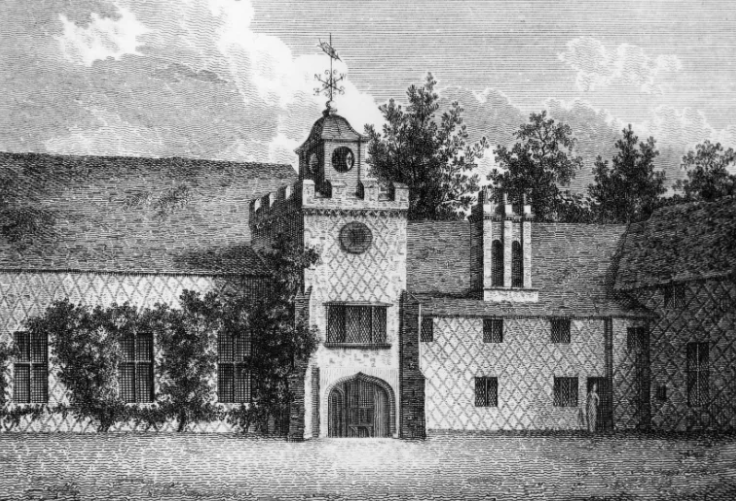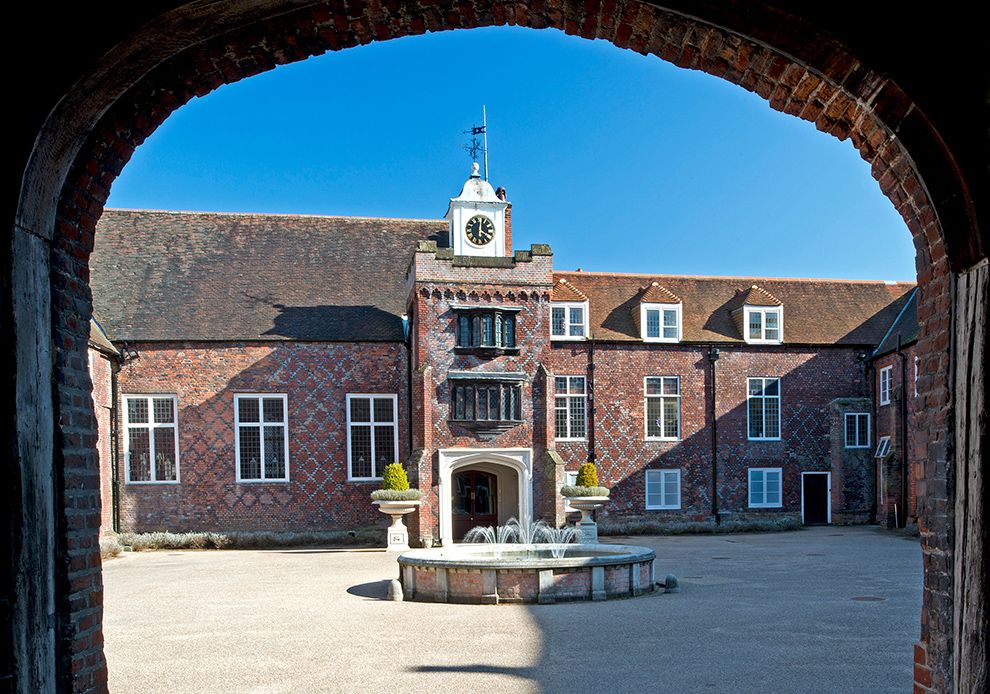For much of its history, Fulham’s property market consisted of just one building, the impressive Manor House. Now known as Fulham Palace, its captivating history spans over 1,300 years and 133 Bishops of London. The site has been a residence of the Bishops of London since AD 704, when Bishop Waldhere acquired the Manor of Fulham — a vast estate covering most of Hammersmith, Fulham, Acton, Ealing and Finchley. As bishops were called ‘Princes of the Church’ the estate became known as Fulham Palace.
During the mid-13th century the original manor house was abandoned. The foundations of the current house start at this time. Over the past 750 years the house has evolved as different Bishops carried out building works, from remodelling the great hall to demolishing the Tudor state wing. This has created an interesting mixture of architectural styles which reflect changing fashions and the differing needs of the Bishops and their families.

Fulham Palace has always been a place of refuge. The Bishops of London used the Palace primarily as a summer retreat away from the city. It was also a place to entertain important visitors, including royalty. Queen Elizabeth I was guest of honour at a lavish banquet in 1601. Over 150 years later King George III was treated to a simpler affair — breakfast. After the English Reformation in the 16th century clergy were allowed to marry and Fulham Palace became a family home. In the 19th century the Bishops and their wives began to share the house and garden more with the community, hosting large parties and church pageants.
In common with so many London areas, the advent of the railway at the end of the 19th century transformed Fulham from a largely rural area to a thriving commuter hub. Property building boomed when the railway rolled into town and today the area predominantly comprises wide tree lined roads of Victorian and Edwardian architecture.
Bishop Stopford was the final Bishop of London to live here, leaving in 1973. The London Borough of Hammersmith and Fulham ran the site until April 2011, when the independent charity Fulham Palace Trust was formed and took over the management of the estate. Now Fulham Palace is being restored to its former glory.


